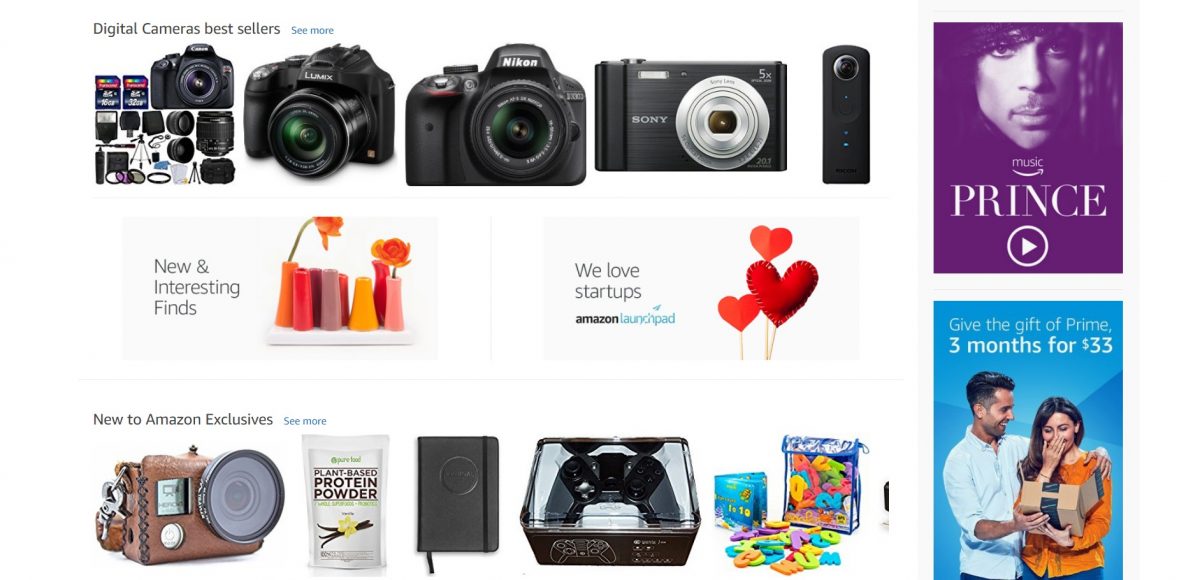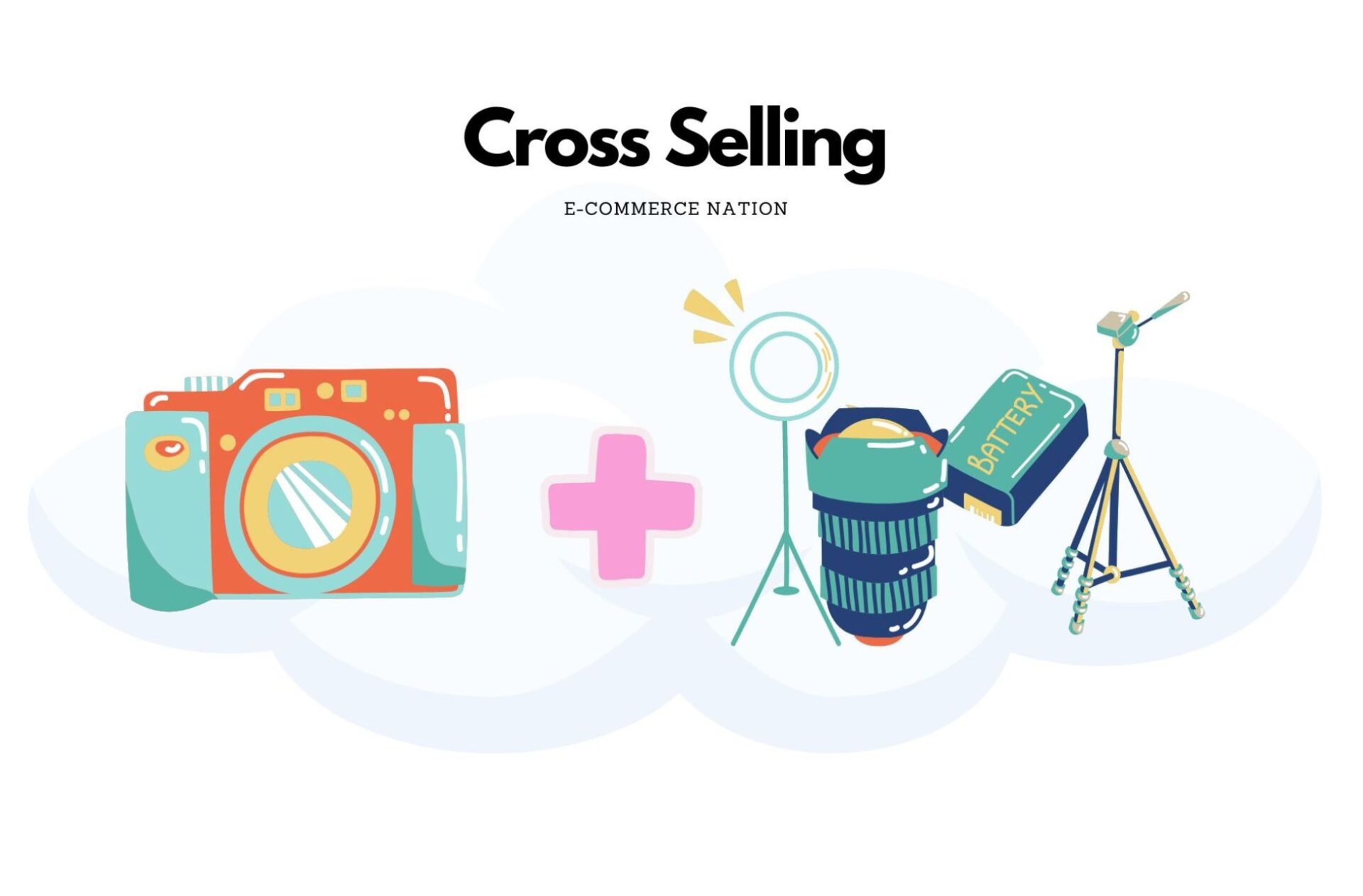In recent years e-commerce has had a tremendous impact on our shopping behaviour and the retail industry. An increasing number of people prefer to do the majority of their shopping online and marketplaces have been the biggest beneficiaries of this trend.
As a result, Amazon has over 294 million active accounts, eBay has over 165 million global users while Alibaba manages over 434 million accounts. And these are only the largest marketplaces in the world. If you take into consideration that there are over 400 marketplaces, it’s easy to see why many retailers consider the marketplace opportunity as the shopping malls of the future and want to establish a strong presence on both domestic and international marketplaces.
How technology is automating e-commerce ?
Brands have been slower in adopting these new sales avenues, but an increasing number are now rushing to seize the opportunity and increase their customer base. Some of the obstacles holding back brands from entering these markets were the cumbersome platforms necessary for managing stock, listings, supply, delivery and returns.
Many lack the necessary resources to handle an increase in sales volumes and ensure that marketplaces align with the brand’s values. Offering the same high-quality shopping experience to customers as they would have in-store, be it virtual or brick and mortar, is crucial.
Thankfully, technology has made significant leaps in recent years and smart e-commerce platforms are now automating these activities. Furthermore, newer e-commerce platforms are better at integrating with the larger management ecosystems that underpin a brand’s operations.
What’s the Marketplace Opportunity?
According to a study released by E-commerce Foundation, retailers across Europe believe that by 2020, marketplaces will hold 40% of total global online retail. This figure is not surprising when looking at the benefits retailers receive from selling on marketplaces:
- Costs on marketplaces are, in many cases, significantly lower than the costs incurred by running a large brick and mortar store.
- Through marketplaces, brands can reach more customers with minimal effort. Marketplaces already invest heavily in marketing to drive traffic and sales – they are acutely aware that their success depends on the success of their sellers. This means that retailers reap the benefits of new customer acquisition with none of the associated cost.
- There are great opportunities for international expansion with lower risk. Figures released by the Department for International Trade show that out of five million companies in the UK, only one fifth currently export, compared with a quarter in France and a third in Germany. Marketplaces offer an easier, low risk route to increasing exports and quickly growing a brand’s reach.
- Many brands and retailers use marketplaces to sell outlet merchandise, end of line or end of season products at much better prices than if they had kept the stock in their own stores.
- At the same time, marketplaces are a great space to test new products before investing significant resources in promotion.
Marketplaces are great for the above reasons, but like with anything in business, diversification is key. Coupling a marketplace strategy with your own independent e-commerce site can be a great way to penetrate several channels both domestically and internationally.
Which strategy should I use ?
Even more important than all these benefits, brands have realised that nowadays customers favour products that best suit their needs and are less loyal to a specific house brand name.
As a consequence, brands need to adapt to this trend and take advantage of the marketplace opportunity, which provides access to a large captive audience that is already active and ready to use their credit cards in order to get the desired items.
The fashion industry is a great example of successfully gaining market share through the marketplace opportunity. The appetite for buying fashion items online has been fueled by same or next day delivery and free returns. Our bedrooms have become the fitting room and shoppers can quickly get items without having to go to brick and mortar shops.
Amazon added 350 new fashion brands in 2016. The numbers speak for themselves – more than 60 million fashion items were sold through Amazon during Q4 2016.
These trends and figures reveal how search, marketplaces, social networks and mobile have changed how, where and when we discover and purchase products. Brands must adapt to these needs and expectations if they want to keep their loyal customers and expand their horizons.





